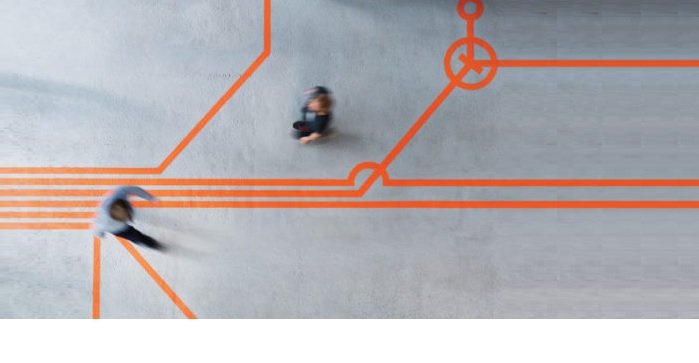Wayfinding signage is a very important element in buildings. Orientation and coherence in the building has to be planned since the first designs, because the spaces´ distribution can contribute itself to a better orientation and location. Likewise, orientation must be reinforced by wayfinding signage which can make the difference on the visitors´ experience.
For people who orientation may present a difficulty due to different reasons, like when visiting new places, or when we are visiting frequently visited places but we are not focused on where we are going, we are tourists and don´t understand the local language, when we are lost or living any other situation in which we are not calmed enough to read signs, or due to different cognitive abilities, a clear and consistent wayfinding sign can make us easier to find what we are looking for, or to get where we want.
To ensure that the signs are useful and understandable by everyone, these need to inform of the start and finish point of the journey identifying the current location within a building or an external space and reinforce people they are in the right direction, making them understand the space, any potential hazards and how to escape safely in an emergency.
To achieve these common goals for everyone, wayfinding must be designed in accordance to the universal design principles, being unambiguous, consistent, readable... To find some more guidelines to design an inclusive wayfinding, read the document published by CRC for Construction Innovation, and their Wayfinding system audit can also help designers to identify different ways to improve.








